All Resources
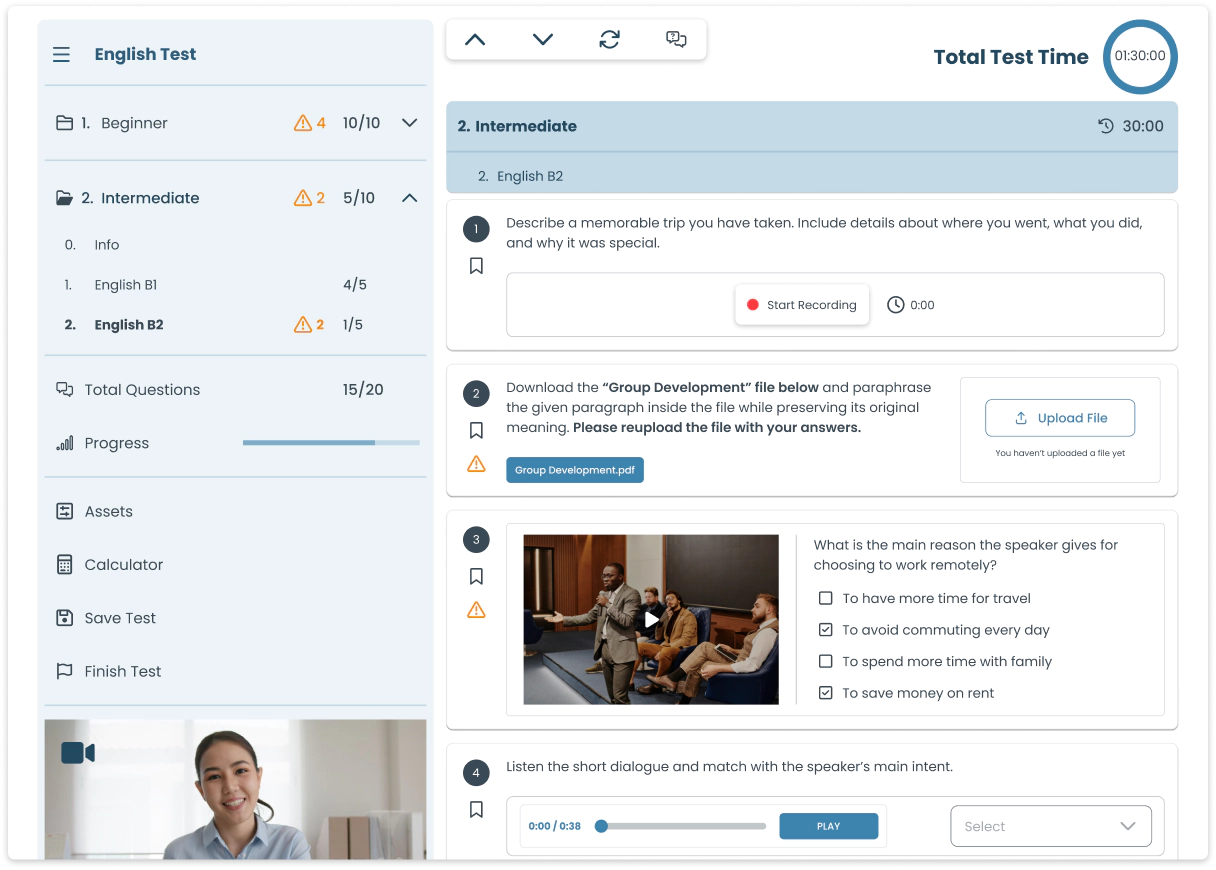
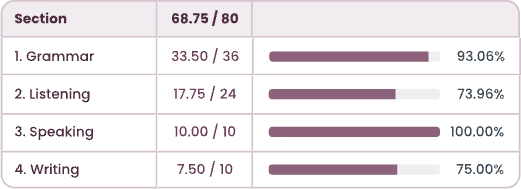
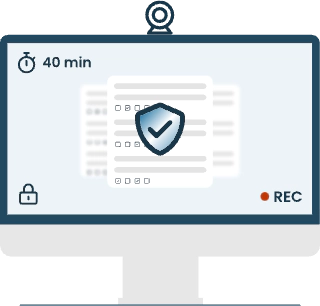

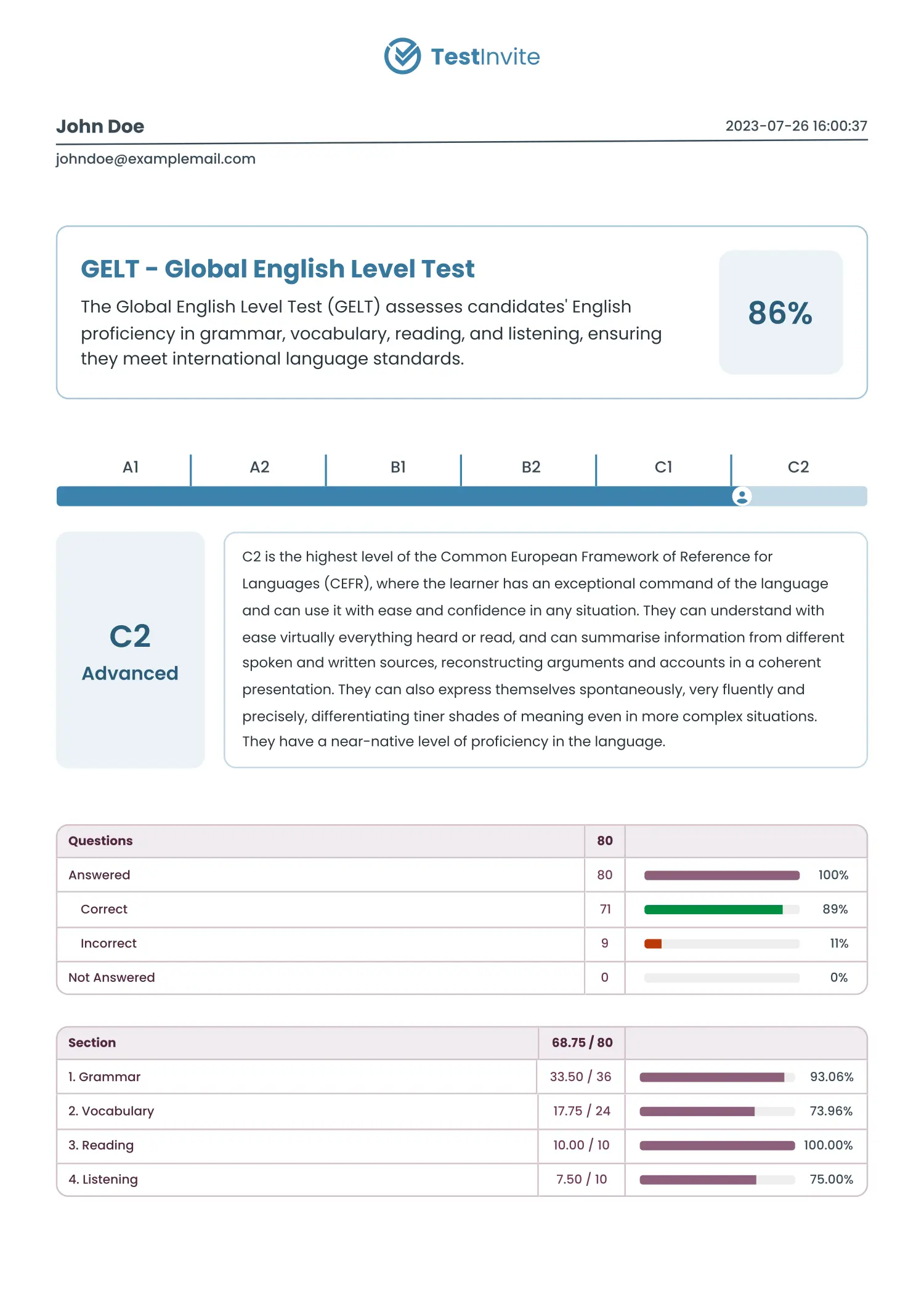
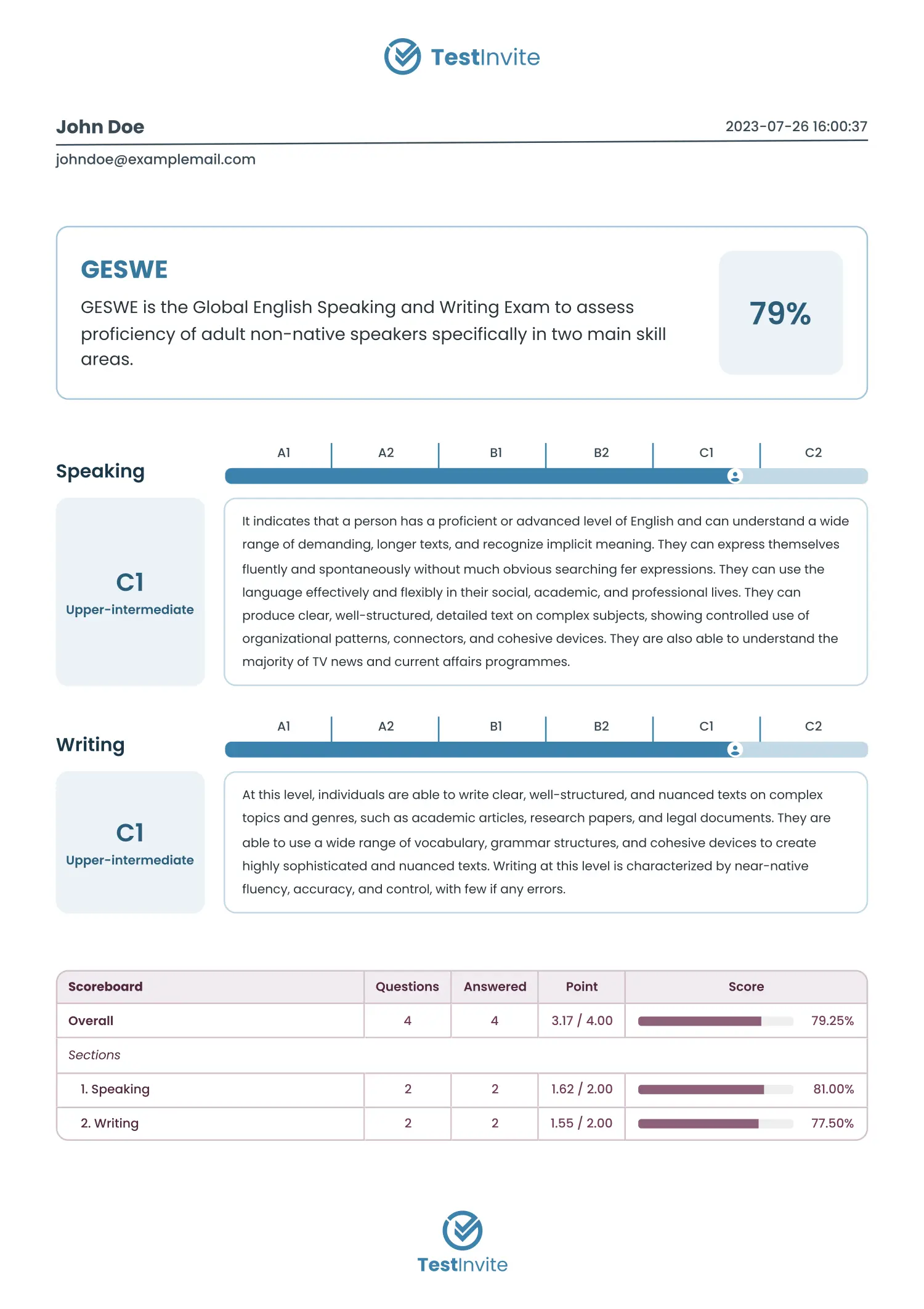
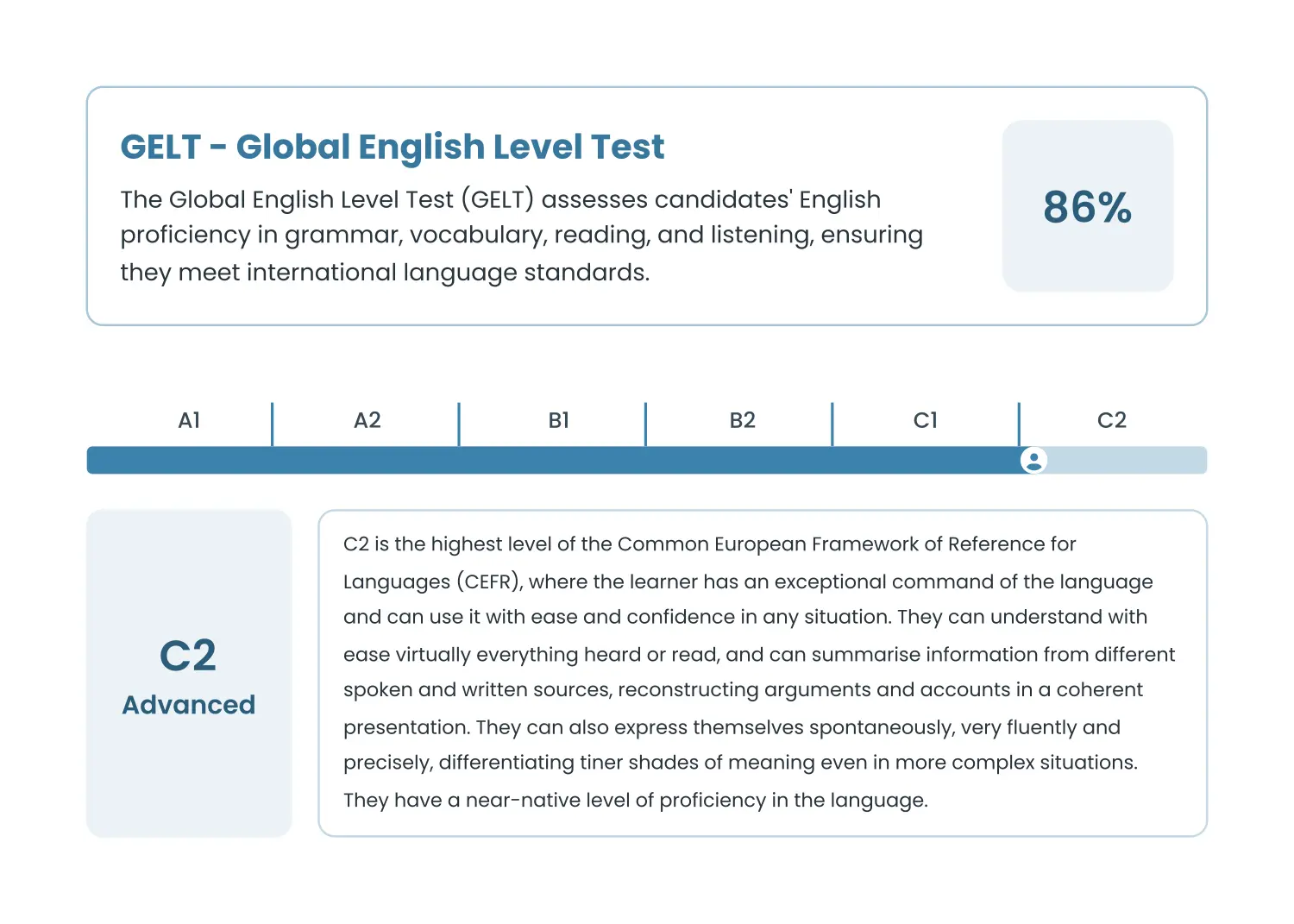
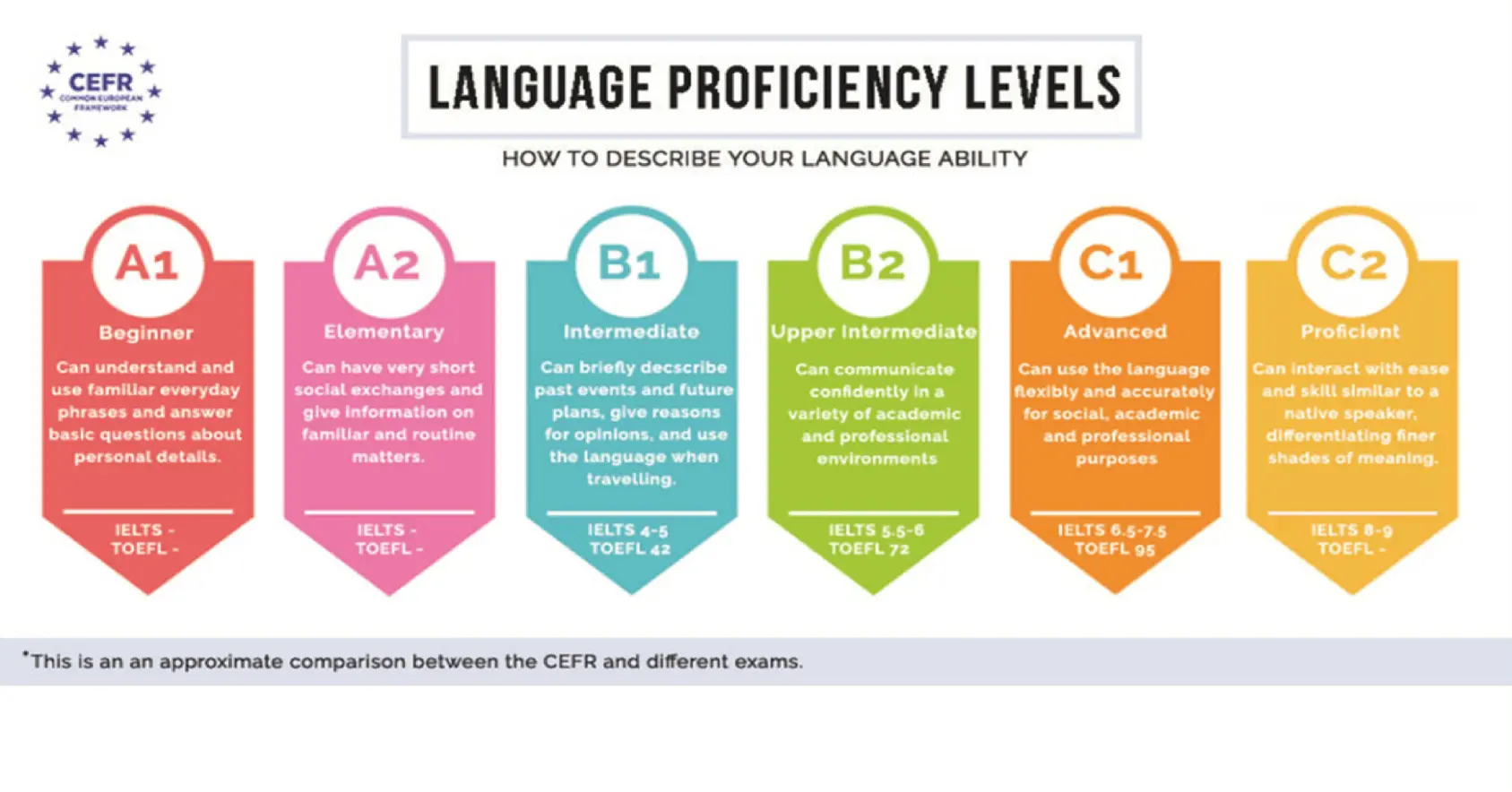






TestInvite’s English tests are versatile and cater to various use cases:
• Recruitment :: Screen candidates for language skills required for specific roles.
• Education : Place students in appropriate language programs and track their progress.
• Promotions and Placements : Assess language skills for international roles and leadership positions.
The tests are customizable and integrate seamlessly with HR systems, making them an efficient solution for large-scale evaluations.
Yes, you can combine the Global English Test with the Global Speaking & Writing Exam. The English Level Test assesses grammar, vocabulary, listening and reading comprehension, while the Speaking & Writing Exam focuses specifically on speaking and writing abilities. You can obtain a comprehensive evaluation of English proficiency by combining both assessments.
Yes, you can use the writing or speaking exam on its own. The Global Writing & Speaking Exam can be taken as two separate modules, allowing you to tailor assessments to your specific needs.
You can customize the welcome page of the English assessments with your company logo. Customizing the initial page that candidates land on allows organizations to showcase their brand identity.
Our support team will assist you with the initial steps of setting up your account. If you have any further questions, you can reach out to us via email, chat, or phone at any time. Our support team is always here to help.